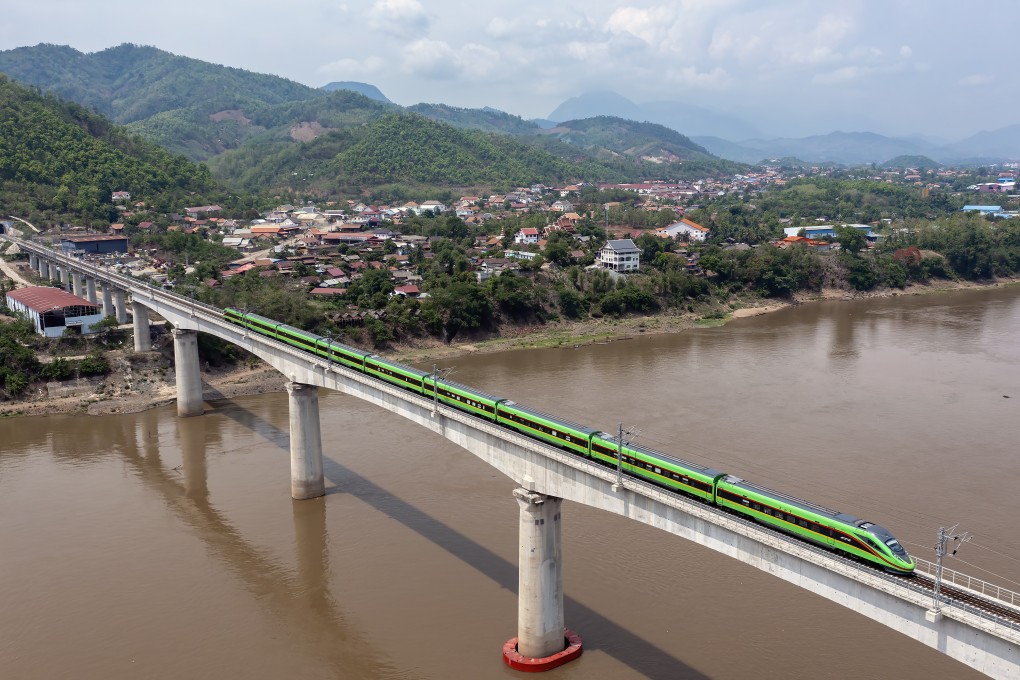Opinion | Why railways are Southeast Asia’s answer to decarbonisation and growth
- Shifting more freight traffic from road to rail is a major decarbonisation pathway for Southeast Asia, but major hurdles stand in the way
- Harmonising standards, securing investment, collective bargaining with suppliers, acquiring land and navigating geopolitical tensions must all be addressed

Rail transports about 7 per cent of global passengers and 6 per cent of global freight but accounts for only around 1 per cent of transport emissions – despite diesel providing 53 per cent of the energy that powers the global rail industry.
Rail transport’s full potential emerges when networks in different countries harmonise interoperability and standards. However, rail networks in Southeast Asia are fragmented and operate under different standards, making it difficult and time-consuming to transport goods across borders.
The region’s geography also makes building railways difficult and expensive. This is one reason Southeast Asian countries have prioritised infrastructure spending on projects such as roads that are cheaper and have a faster return on investment.

